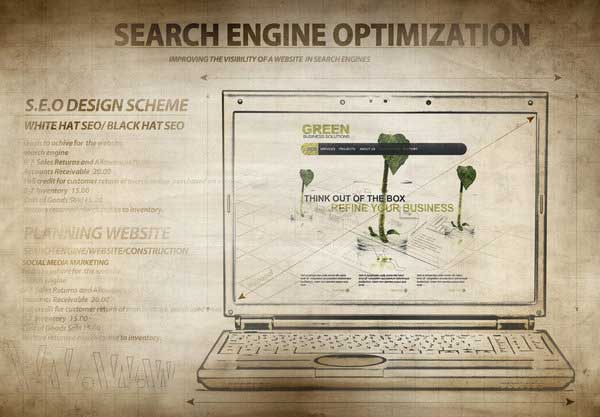Getting ranked on the first page of Google is the holy grail for most websites, but it’s easier said than done. With over 200 ranking factors that Google considers, it can be overwhelming trying to optimize your site. In this blog post, we’ll break down the most important domain and page-level ranking factors you need to be aware of to boost your Google rankings.

Choosing the Right Domain Name
Your domain name plays a significant role in signaling relevancy and trust to Google. Here are some best practices when selecting a domain name:
- Include your primary keyword in the domain if possible. While not as important as before, it still indicates relevancy.
- Choose a domain with an older registration date. Google trusts sites that have been around longer.
- Avoid exact match domains that perfectly match a keyword. Focus on quality content instead.
- Make your WHOIS info public. Transparency helps build trust.
- Never use a previously penalized domain owner name. Past mistakes will haunt you.
- Consider country code TLDs (.cn, .ca etc) if targeting a specific region.
Crafting a User-Friendly Site Architecture
How you structure and organize your site also impacts SEO and user experience. Here’s what you need to know:
- Use relevant keywords in subdomains when segmenting site sections. It improves navigation.
- Funnel visitors to the most important pages and content first.
- Ensure site architecture is simple and intuitive to follow. Complex structures frustrate users.
- Implement breadcrumb navigation to help users understand page hierarchy.
- Include contextual internal links to related content to aid navigation.
Optimizing On-Page Content
Optimizing your on-page content is crucial for satisfying both users and Google. Follow these on-page SEO best practices:
- Focus on creating high-quality, informative content that solves reader problems. This is the #1 ranking factor.
- Seamlessly incorporate target keywords within your content where relevant. Avoid over-optimization.
- Include keywords in headlines, meta descriptions, image alt text, etc.
- Make sure page load speeds are fast. Anything over 3 seconds hurts user experience.
- Ensure content is easy to read with sufficient paragraph spacing and formatting.
- Include multimedia like images, videos and graphics to enhance content.
Conclusion:
Getting ranked in Google is no easy feat, but optimizing your domain, site architecture and on-page content are proven ways to improve rankings. Focus on creating the best user experience possible, and you’ll be well on your way to ranking success. Consistently follow Google’s evolving guidelines to keep your site compliant. With the right optimization strategy, your site and brand can thrive for years to come.
